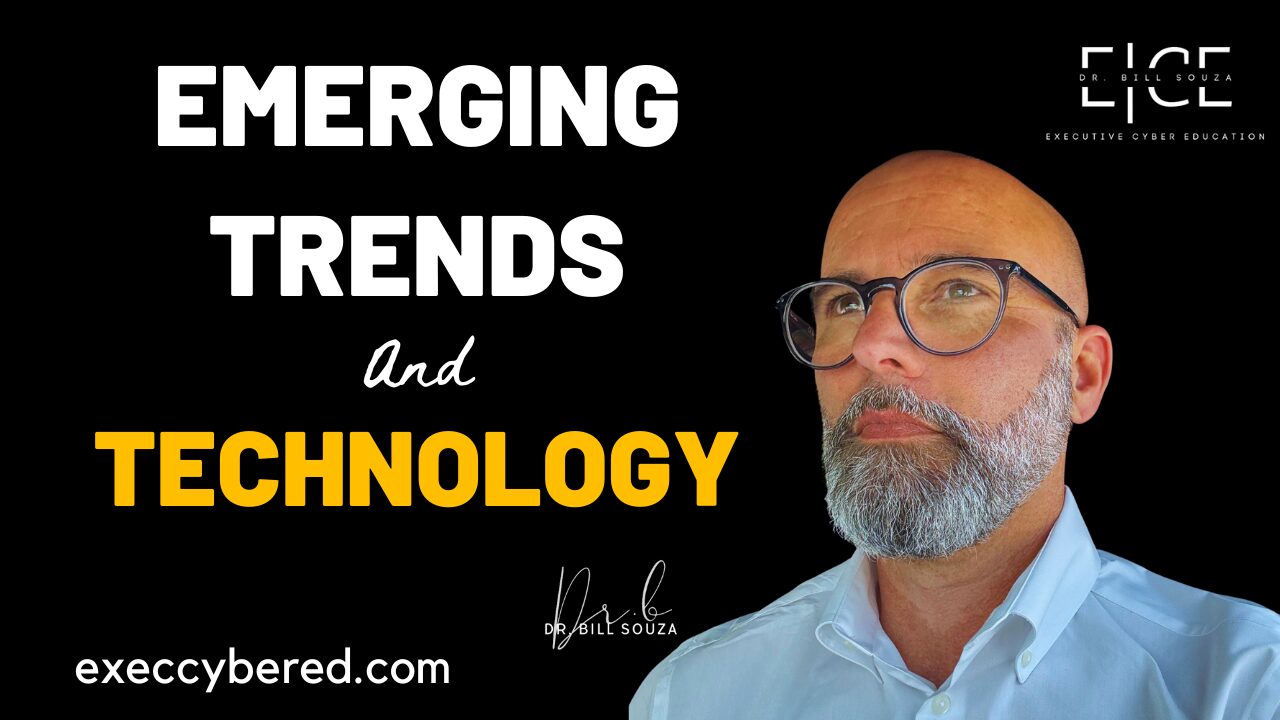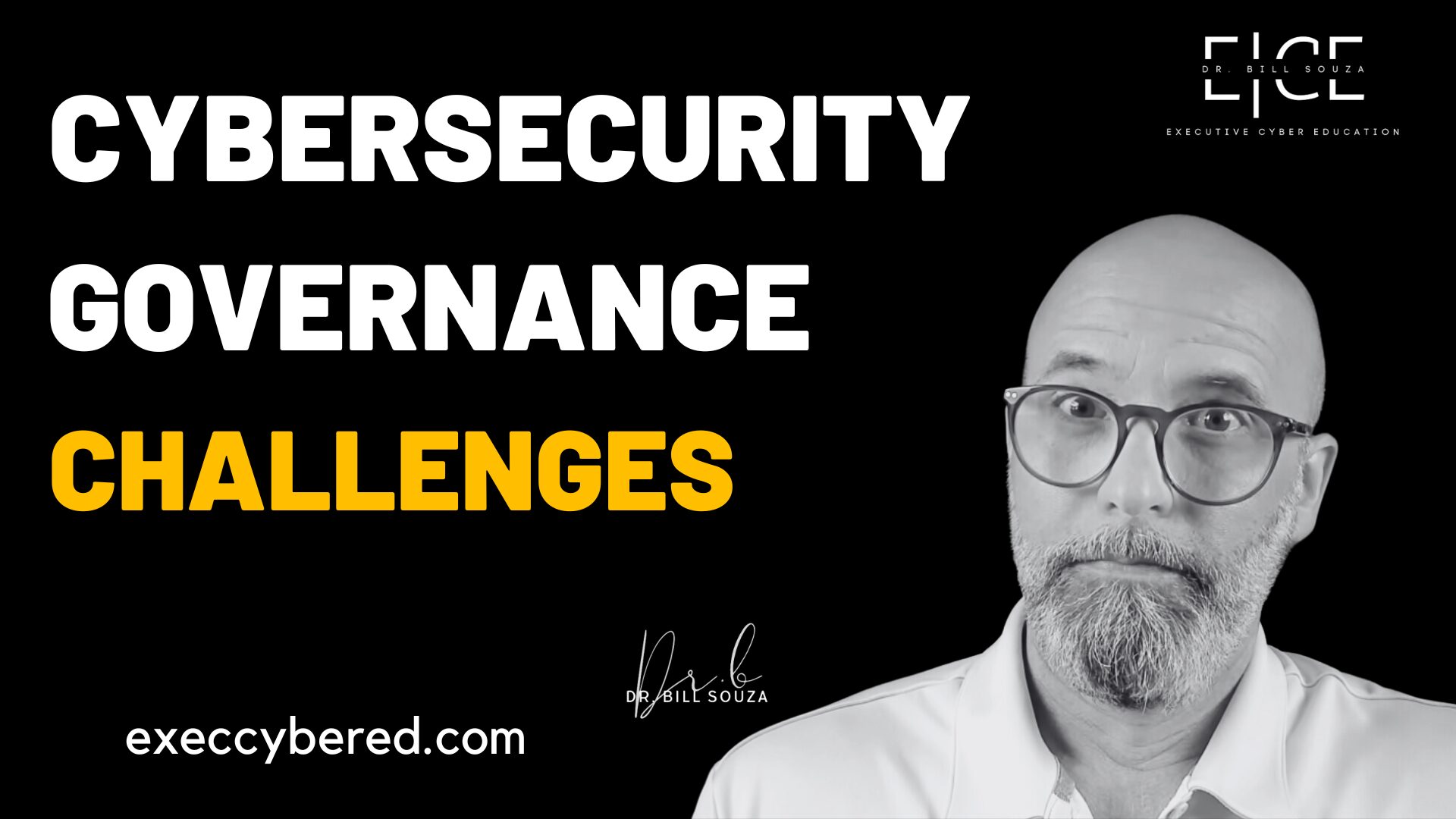On this page
Why not Continuous Threat Exposure Management (CTEM)? For decades, our efforts have been a constant, exhausting battle against an endless stream of vulnerabilities and threats seeking resilience. We’ve been taught to find every vulnerability and patch every one of them. But in a world where new vulnerabilities emerge every six minutes and our digital environments grow in complexity, this reactive approach has become a losing game. It leaves us overwhelmed, exhausted, and fundamentally insecure.
What if we started with a different question? What if we started with why we do security in the first place? To protect what matters most. CTEM is not just another tool or a new acronym; it’s a strategic framework that shifts our focus from simply finding vulnerabilities to understanding and managing the risk that matters most to the business. It’s about building a security posture that is not just reactive but is resilient.
The Power of CTEM: A Balanced View of Security
CTEM is a balanced approach that helps organizations achieve true cyber resilience. It offers a clear path to move from the chaotic, reactive world of vulnerability lists to a strategic, proactive security program. But like any significant change, it comes with both powerful benefits and distinct challenges.
The Positives: What a Successful CTEM Implementation Enables
A successful CTEM program transforms how an organization approaches security. It provides a strategic, business-aligned framework for risk reduction.
- Proactive Risk Management: Instead of waiting for a threat to materialize, CTEM allows you to anticipate and neutralize risks before they can be exploited. This is a fundamental shift from a reactive to a proactive mindset.
- Improved Resource Allocation: By focusing on the exposures that pose the greatest risk to critical business assets, teams can prioritize their efforts and resources more effectively. You stop chasing every vulnerability and instead focus on the ones that attackers would actually use.
- Enhanced Threat Visibility: CTEM provides a holistic, unified view of your attack surface by integrating data from various tools, helping you to identify misconfigurations, identity issues, and other weaknesses that traditional vulnerability scanners often miss.
- Alignment of Security with Business Goals: CTEM requires a deep understanding of the business’s most critical assets and processes. This ensures that security efforts are directly tied to business objectives, making security a business enabler rather than a roadblock.
The Negatives: The Hurdles on the Path to Resilience
Despite its benefits, implementing CTEM is not a simple task. It requires significant organizational change and a commitment to overcoming several key challenges.
- Cultural Resistance and Organizational Silos: A major obstacle is the human element. CTEM demands cross-functional collaboration between security, IT, and DevOps teams. Without shared goals and a common language, these teams can remain in their traditional silos, derailing the entire initiative.
- Diagnostic Overload: CTEM platforms ingest and analyze a massive volume of data. Without a mature process for filtering and prioritizing, this can lead to “alert fatigue,” leaving teams overwhelmed and unable to act on even the most critical findings.
- Integration Complexity: These platforms rely on a wide range of data sources. Integrating them seamlessly can be a technical nightmare, especially when dealing with legacy systems that lack modern APIs.
- Skills Gap: Implementing CTEM requires a highly skilled workforce with expertise in threat intelligence, attack path analysis, and risk management. Finding and retaining this talent can be a significant challenge for many organizations.
Key Platforms in the CTEM Space
Several major players are leading the way in providing tools and platforms that enable the CTEM framework. While CTEM is a program and not a single product, these vendors offer solutions that support its core principles.
- CrowdStrike: With its Falcon® Exposure Management platform, CrowdStrike offers a unified approach to CTEM, providing visibility, attack path analysis, and a centralized agent for vulnerability assessment.
- SentinelOne: SentinelOne’s platform focuses on autonomous security, offering solutions that integrate threat intelligence, asset management, and risk scoring to help organizations continuously manage their threat exposure.
- Picus Security: This vendor specializes in Breach and Attack Simulation (BAS), a key component of the CTEM validation stage, to help organizations simulate attacks and confirm the exploitability of risks.
- Rapid7: Known for its vulnerability management and security analytics, Rapid7 provides a platform that helps organizations discover and prioritize exposures based on real-world threat intelligence.
- Fortinet: Fortinet’s CTEM solutions are designed to help organizations manage their exposure across a wide range of environments, from on-premise to cloud infrastructure, with a strong focus on network security.
A Look at Leading Platforms
The market for CTEM platforms is growing, with several vendors providing sophisticated tools that support the framework’s core principles.
| Platform | Core Value Proposition | Key Differentiating Features |
| CrowdStrike | Unified visibility and AI-powered risk prioritization from a single agent. | AI-powered asset criticality, real-time adversary intelligence, and a focus on attack path analysis from a single, lightweight agent. |
| Picus Security | Breach and Attack Simulation (BAS) to validate controls and confirm real-world exploitability. | A large, continuously updated threat library and automated penetration testing capabilities to prove which exposures are truly exploitable. |
| SentinelOne | Holistic CTEM platform that integrates threat intelligence and automated response capabilities. | Focus on automating the CTEM lifecycle from scoping and discovery to mobilization, helping teams prioritize and act on risks in real-time. |
| Rapid7 | Comprehensive suite for vulnerability management, security analytics, and automation. | Strong risk-based prioritization that goes beyond CVSS scores by incorporating threat intelligence and business context. |
| Fortinet | Integrated approach leveraging a broad portfolio of security products and threat intelligence. | A focus on the convergence of networking and security, providing a unified platform to manage exposures across various environments. |
Final Thought: The True Purpose
The ultimate purpose of CTEM is not just to find and fix things; it’s to create an organization that is inherently more resilient. It’s about a clear understanding of what you are protecting and why, and then aligning your people, your processes, and your technology to that purpose. By embracing this balanced, proactive approach, we can move beyond the endless cycle of reaction and finally get to the heart of what matters: building a truly secure future.
Do you want to succeed in your next Cybersecurity Risk Assessment?
Here is a quick start guide: https://www.execcybered.com/ECE/3-step-framework-sp/3-step-framework/








